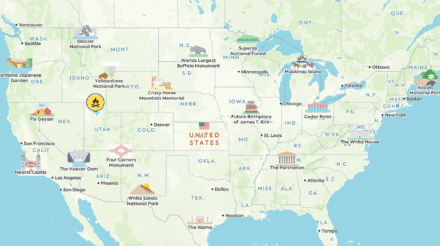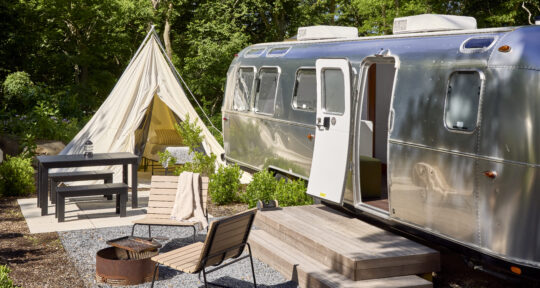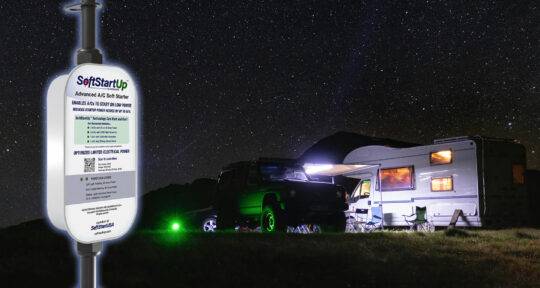A Honda Fit is one of the most low gas mileage vehicles available, making it the ideal road trip vehicle. The small but surprisingly spacious interior makes a comfortable living space while on the road, though it requires you to stay organized.
I decided to live out of a Honda Fit after watching inspirational vanlife videos and pricing out the cost of a Sprinter van. My economic upbringing taught me to be frugal. So the price tag of a nice van just wasn’t going to work. One day I looked in my garage and saw my 2016 black Honda Fit sitting there and thought, Maybe this would work. The Honda Fit dwelling lifestyle was born.
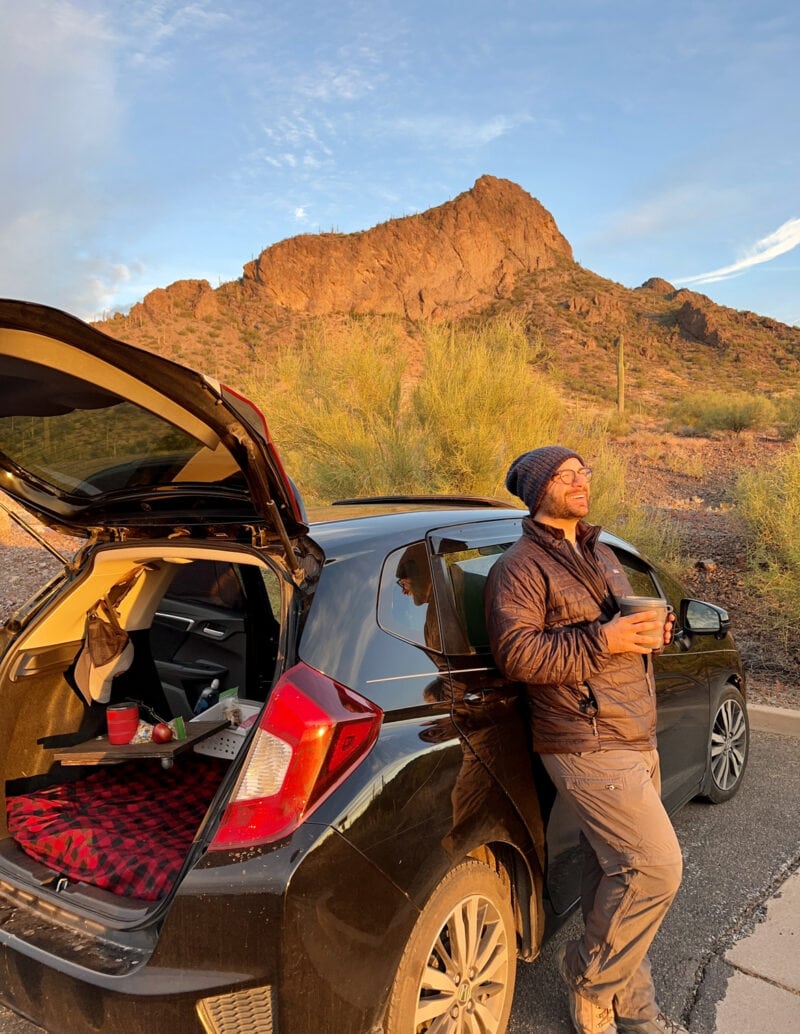
After drafting a rough plan (and with some trial and error), I created a car setup that had many advantages—with a few disadvantages. Eventually, I upgraded further by removing one of the backseats and investing in a large battery.
How a trip to the Texas coast made me a full-time roadtripper
Big improvements
For those looking to car camp in a small vehicle, the first improvement I recommend is to make rain deflectors. Not only do they allow you to slightly crack open your window while sleeping, but you can also leave your window cracked in hot environments without exposing it to rain or theft. I wanted to make sure I installed them properly, so I invested in getting them purchased and installed by the dealer. However, car rain deflectors can be found aftermarket at a lower cost.
These ‘Smart’ travelers take on big adventures in their tiny compact car
The second major purchase is the mattress. I purchased a foam sheet, and custom cut it to the exact shape of the trunk area (with the seats down.) The Honda Fit has a backseat that folds almost completely flat, so I didn’t need to do any other modifications.
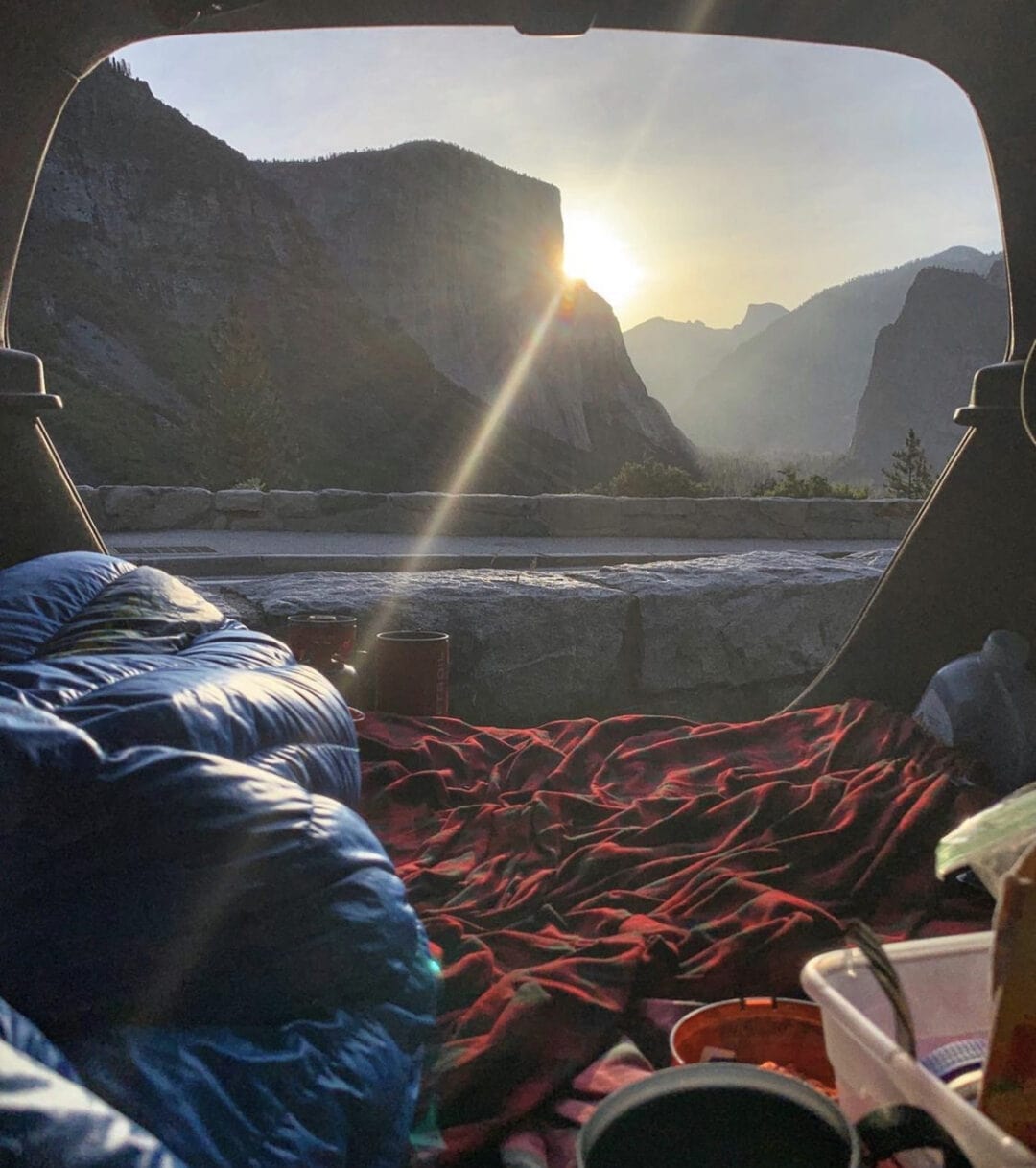
To set up my sleeping area, I push up the front passenger and driver seats and fill the wheel well with a duffel bag before rolling the mattress out. After a few trips, I learned that it’s much easier to manage several small pieces of foam instead of one large piece. So I cut my mattress into four parts and stack it in the back when not in use. You can find foam sheets at any fabric store or on Amazon. I also sewed myself a mattress cover. This was probably the most challenging part of the entire build as I don’t have much experience with sewing. In some of my test runs, I used a blowup camping mattress, but it wasn’t nearly as comfortable.
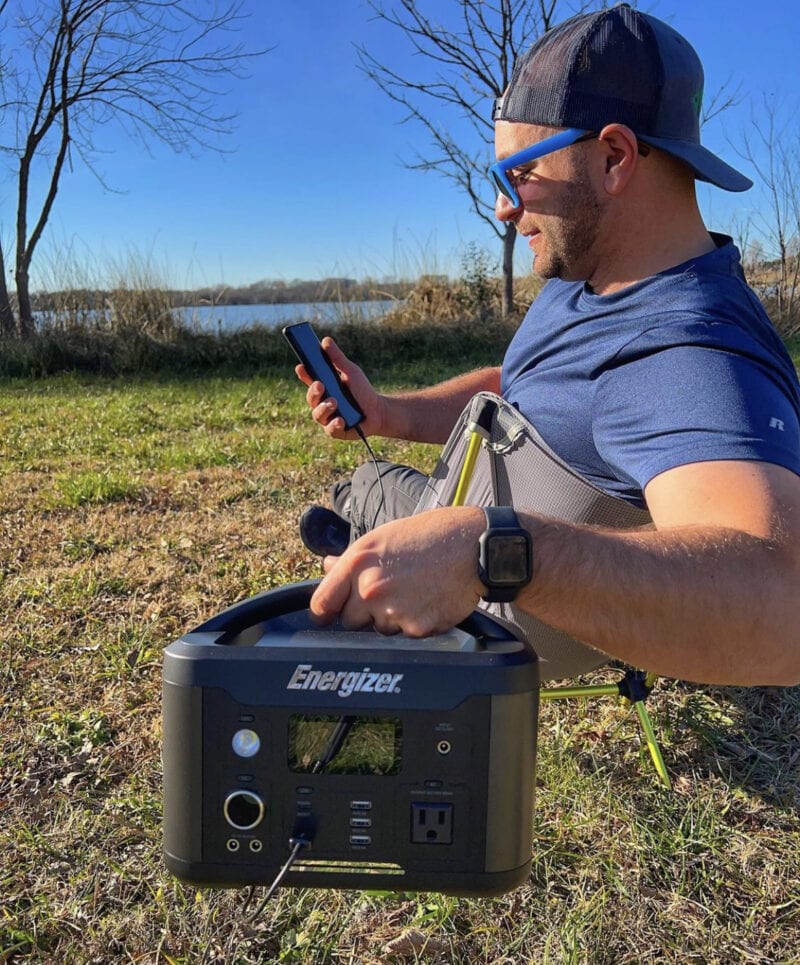
The last big improvement I would recommend is a backup battery. I needed a way to keep everything charged. So I purchased a large solar battery, but I didn’t need to install a solar panel. I found that I can easily charge this battery on long drives and it lasts long enough to get me through trips without needing a wall or solar recharge. This comes in handy for charging personal devices while sleeping and also in hot environments to power a small fan.
The drawbacks
One of the hardest parts of vehicle dwelling is temperature. You’re at the mercy of the elements in most cases. Someone with an RV or large van may have alternate heating and cooling options. With the Honda Fit, my best bet is to add blankets for cool settings and a fan for warmer environments. I plan my trips based on the temperature of the area in the season I want to travel.
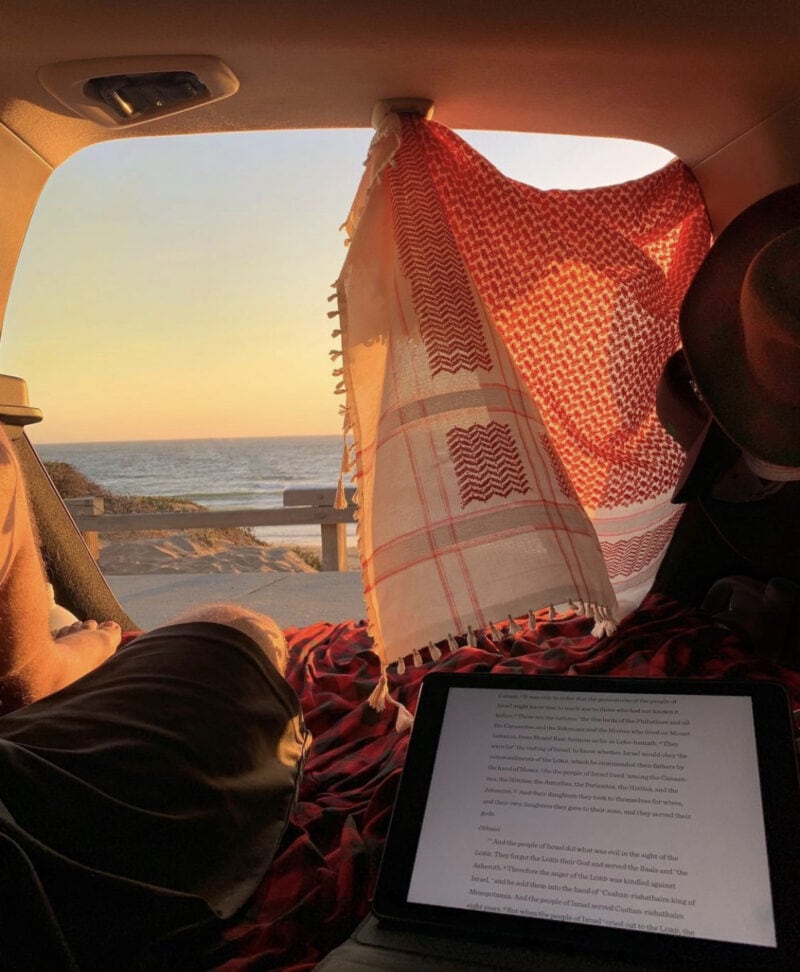
Staying organized is also very important in a small space. It seems like every day I’m digging around for my spoon, toothbrush, or even my car keys. I learned that I had to make sure every item had a specific home in my car and ensure that I put it back after every use. I also edited down all of my belongings and only took the pure essentials.
The ultimate guide to car camping
Gear that makes it work
I drew my inspiration for organization from my time backpacking. Most backpackers recommend organizing yourself by system: a sleep system, cooking system, and hygiene system. I use a large plastic container to keep everything for cooking in one place. All of my bedding and sleep necessities go into a large storage bag that I set aside during the day. Same goes for hygiene. I keep a small bag that I use for showering at truck stops and another small bag for brushing teeth and general hygiene.
For my kitchen setup, I opt to not use any form of cooling. This saves me lots of time and headache. I don’t want to worry about restocking ice to keep everything fresh or using the battery to keep a fridge running. But there’s a lot you can do with hot water. I have a portable burner that I can use on the tailgate or picnic table. I create meals out of dehydrated foods, as well as lots of canned food. I also purchase small quantities of meat or pre-made hot food items at grocery stores.
6 tips for showering and staying clean while on the road
Showering and staying clean in general is pretty tough on the road and even harder in a small vehicle. Some people recommend using wet wipes to take small showers as you go. I found that these really just remove dust and sand. Instead, I try to find proper showers at parks, beaches, and truck stops, and use wipes in a pinch.
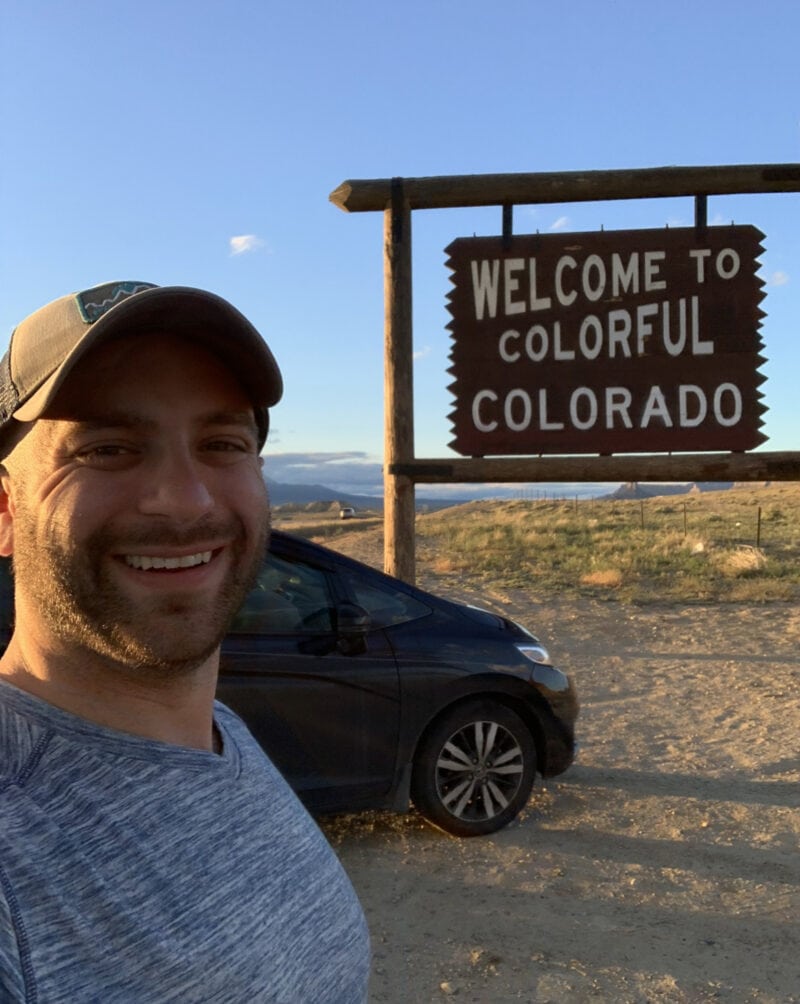
When I first told people I was going to live out of a Honda Fit, they looked at me like I had lost my mind—but once they saw my setup and adventures, the conversation changed. The freedom and low-cost in traveling out of a Honda Fit far outweighs the downsides for me. If you’re looking for an inexpensive way to travel, consider the many benefits of a compact car.

